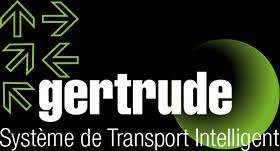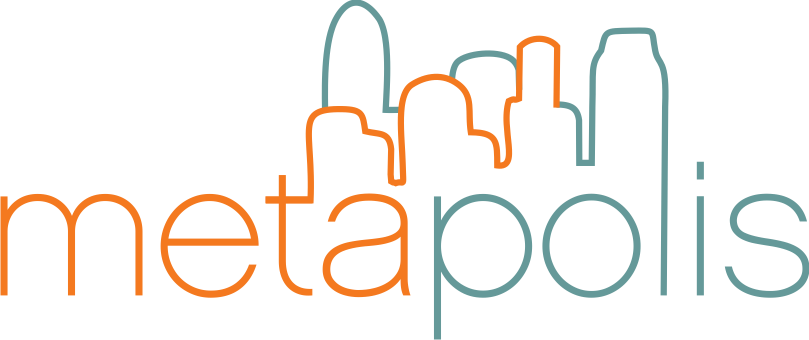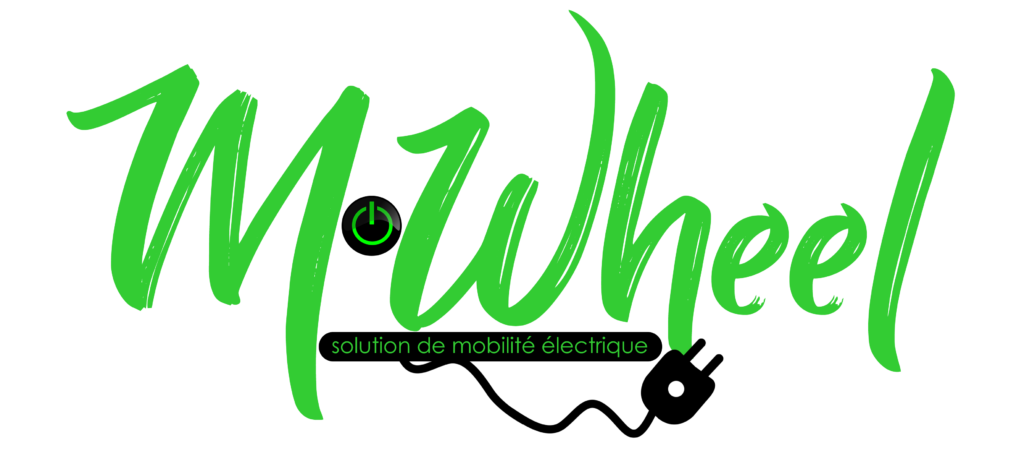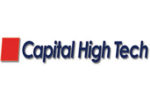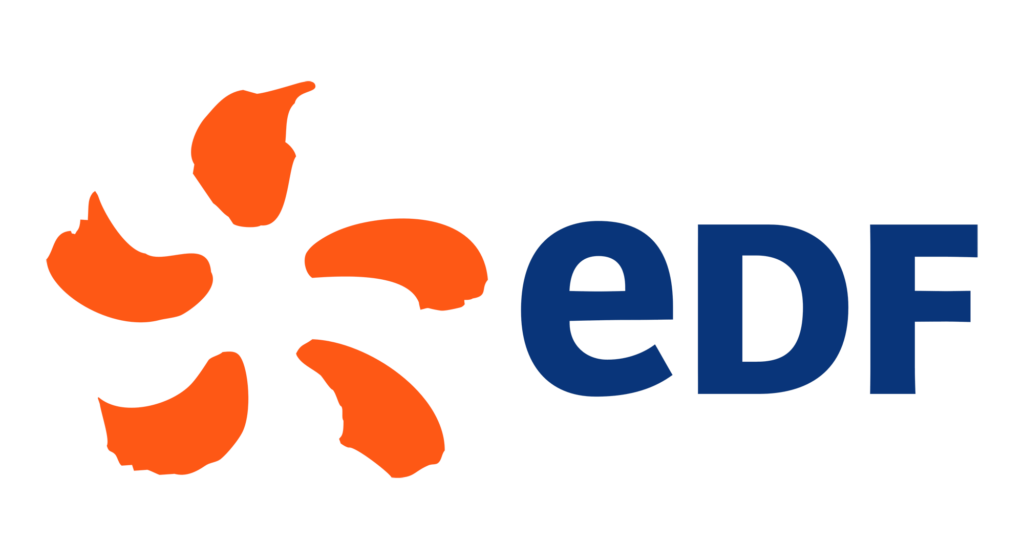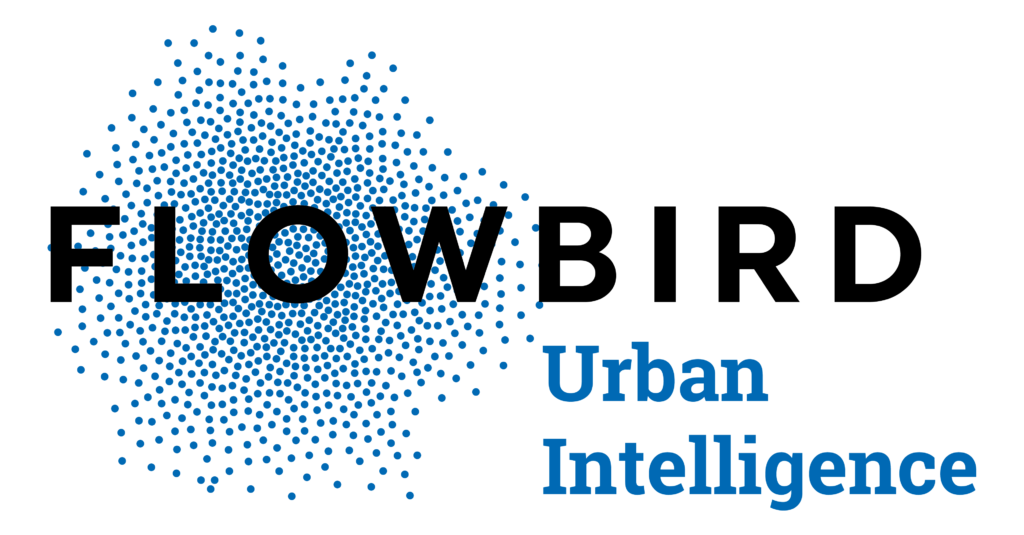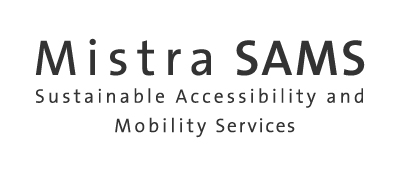Our exhibitors
Banque des Territoires
BOOTH 2
Créée en 2018, la Banque des Territoires est un des cinq métiers de la Caisse des Dépôts. Elle rassemble dans une même structure les expertises internes à destination des territoires. Porte d’entrée client unique, elle propose des solutions sur mesure de conseil et de financement en prêts et en investissement pour répondre aux besoins des collectivités locales, des organismes de logement social, des établissements publics locaux et des professions juridiques. Elle s’adresse à tous les territoires, depuis les zones rurales jusqu’aux métropoles, avec l’ambition de lutter contre les inégalités sociales et les fractures territoriales. La Banque des Territoires est également une marque déployée dans les 16 directions régionales et les 35 implantations territoriales de la Caisse des Dépôts afin d’être mieux identifiée auprès de ses clients et au plus près d’eux.
Robert Bosch
BOOTH 3
Working together for better air quality: one goal, many solutions
The best way to improve air quality is to reduce emissions in all areas as much as possible. For this reason, Bosch pursues a vision of ideally emission-free mobility with minimum impacts on people and the environment. Technology already available and new innovative developments by Bosch are helping to achieve more sustainability and improved quality of life, particularly in densely-populated urban centers subject to extensive pollution. In the development of new solutions, Bosch goes beyond the actual powertrain and the car by including traffic management and planning as well as climate protection and the company’s own responsibility as a globally-operating corporation and employer. Bosch therefore makes an important and future-oriented contribution toward solving a complex challenge which affects each and every one of us.
In order to better understand the connections between emission sources and the environment, Bosch has developed air quality measuring systems which constantly send their local measurement data to the cloud for analysis and further processing. This measurement data can be used to draw up precise air quality maps, for example, and to make road traffic forecasts. If, for example, forecasts indicate increased traffic volumes, the infrastructure can be adapted in advance in such a way as to prevent the specified air quality limit values from being exceeded – e.g. by changing traffic light settings.
The compact air quality measurement boxes from Bosch are currently being trialed internationally, in the greater Stuttgart, Marseille and Nice regions. In such infrastructure, Bosch not only develops the required measurement technology, but also provides cities with traffic planning and management advice based on the respective measurement data.
EDF
BOOTH 1
Paris agreement to contain global warming below 2 degrees requires us to decarbonize our economies very quickly and massively, and in particular the transport sector, which accounts for about ¼ of CO2 emissions in Europe and worldwide. In this transport sector, 75% of emissions come from road transport.. The objective of the agreement will be achieved thanks to the massive electrification of the car fleet (at the condition that the electricity used to refuel the car is non-carbon). Indeed, the improvement and gains in fuel efficiency of thermal vehicles alone will not be enough to reduce emissions to achieve this Many regions of the world have understood this and very proactive policies have been launched. In Europe, for example, we have imposed CO2 reduction targets and quotas for electric vehicle sales to car manufacturers as early as next year, with many countries going even further by planning the end of combustion vehicle sales: 2025 for Norway, 2030 for the Netherlands, Ireland, 2040 for France and the UK… For car manufacturers, these European regulations imply that electric vehicles would represent around 20% of sales in 2025 and more than 1 out 2 vehicles in 2030. This trajectory, if respected, should bring 50 Mns of electric vehicles to European roads within 10 years and 150 Mns within 20 years. This trajectory may seem ambitious. But it is by conviction and strong commitment that the challenge will be met. It will be thanks to the mobilization of an entire ecosystem that will see the emergence of know-how alliances between different actors, like the automotive sector and the energy sector. It will also be thanks to a regulatory, technological and favorable market context.
EDF intends to play a major role in accelerating the development of the electric vehicle. As a lowcarbon energy company, operating a production capacity based on a 96% energy mix without CO2 emissions, EDF is convinced that sustainable mobility will be electric. This conviction is expressed in the electric mobility plan that Jean-Bernard Levy, CEO of the EDF Group, launched last October to meet the challenges of the energy transition. This conviction is based on a strong ambition: to be the leader of electric mobility in Europe in three key areas: – Supply with a non-carbon electric “fuel”, – The management of charging infrastructures accessible everywhere and by all, – And smart charging to amplify the user / electrical system / environment benefits.
It also means that answers must be given to the fears expressed about electric mobility: will we have enough electricity in France and Europe to supply all electric vehicles? How to drive the power demand by the millions of vehicles in the coming years? What place could Smart Charging have in this new landscape? How to remove the brakes that hinder the full expansion of the EV? What benefits for the user and the entire electrical system?
Flowbird
BOOTH 4
Parkeon and Cale have merged to create Flowbird. Flowbird covers now more than 5 000 cities in 70 countries.
All the services offered by Flowbird are designed to meet efficiently the urban mobility needs of local authorities.
Highly aware of of the environmental impact of mobility the company supports decision-makers in their efforts to make life better in the city.
The Park&Breathe solution provides cities with information on pollution (NO2 and fine particles) and noise really experienced by citizens through a very fine- meshed network. Pollutants are measured periodically at ear and respiratory tract level. Monitoring air quality and noise pollution, district by district, then makes it possible to measure the state of health of cities, as close as possible to their inhabitants, by obtaining concrete data. The solution allows to map nuisances and adapt travel plans.
Mistra Sams
BOOTH 5
Mistra SAMS is a Swedish research program that studies digitally supported services for accessibility and mobility with the aim to understand their potential to transform society and contribute to Agenda 2030 and the climate goals agreed in Paris 2015.
The main aim of the program is to provide insight about public and private actors’ possible roles and means to influence new accessibility services and platform technology. Which pathways are open, and which are the effects of those pathways on long-term sustainability targets? Mistra SAMS works to identify promising services, understand user needs and institutional conditions that enable services to be adopted, designand test services and service platforms, and influence policy and society.
The program is hosted and managed by KTH Royal Institute of Technology in close cooperation with VTI Swedish National Road and Transport Research Institute. Together with its partners, Mistra SAMS conducts innovative research on the transformation of accessibility in primarily an urban environment.
Startups Village


